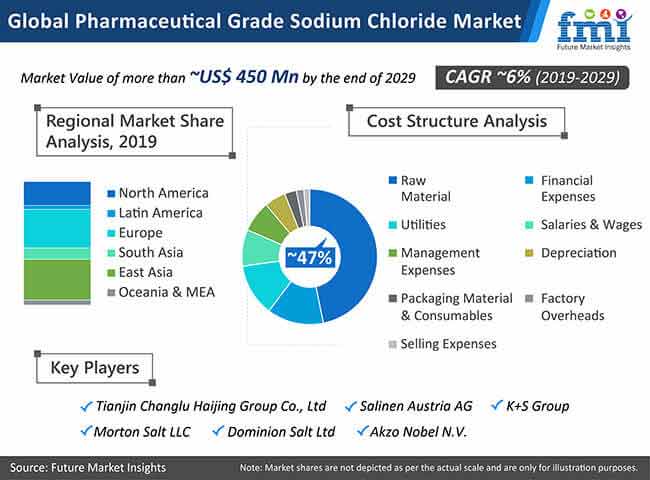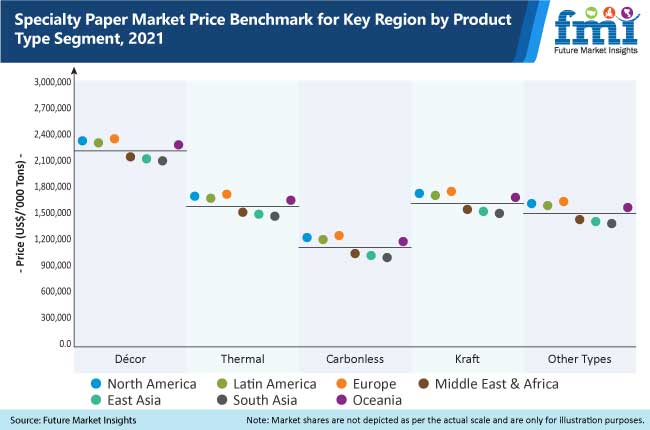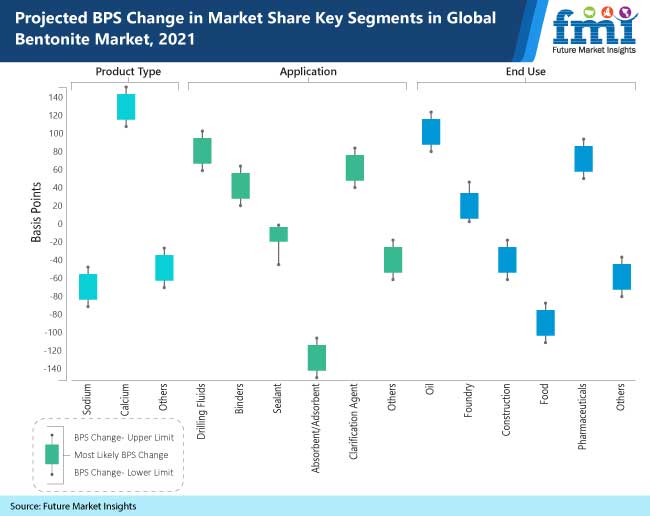Psychobiotics are a community of probiotics that impact the behaviours and related functions of the central nervous system mediated by the gut brain-axis through immune, neural, humoral and metabolic pathways to improve not only gastrointestinal function, but also anxiolytic capacity and antidepressant. The rising awareness of health and wellness is driving the psychobiotic supplements market.
The global psychobiotic supplements market is diverse and highly competitive. Companies are increasingly spending on R&D activities to produce new and unique psychobiotic supplements products. New applications for psychobiotic are being developed by companies to obtain competitive advantage.
Psychobiotics that regulate proteins and neurotransmitters, including serotonin, gamma-aminobutyric acid, brain-derived neurotrophic factor (BDNF) and glutamate, which play important roles in regulating neural excitatory-inhibiting balance, cognitive function, mood, memory processes and learning. This beneficial properties of psychobiotic plays an important role for triggering the demand for global psychobiotic supplement market.
Request a Sample of this Report @ https://www.futuremarketinsights.com/reports/sample/rep-gb-11644
Growing Consumer Awareness about Gut Health Driving the Demand for Psychobiotic Supplements Market across the Globe.
The ability of psychobiotics supplements to benefit the body’s overall functions, such as consumer digestion, is expected to drive growth. In addition, the ability of supplements to meet specific customer needs, such as immunity and gastrointestinal functions, and recent developments in product development are expected to help increase demand.
In 2019, Kerry group 2,100 health conscious people in U.S. as a part of global survey, they found 62% respondents were aware about probiotics & 32% respondents used probiotics in the last six months. Among U.S. citizens who are aware of probiotics, 79 % of respondents said that promoting good digestive health is the most essential health benefit they pursue in a product. The health-conscious people in U.S driving the growth of global psychobiotic supplements market.
Manufacturers are focusing on innovation in psychobiotic supplements products with new forms, special diet needs, and packaging. Manufacturers are launching vegan and gluten-free psychobiotic supplements due to which the demand for psychobiotic supplements is rising from health-conscious and vegan consumers.
Psychobiotic Supplements Market: Regional Analysis
North America holds the maximum share of psychobiotic supplements market as number of health-conscious consumers is increasing rapidly. The awareness of healthy lifestyle and nutritious food is rising in Asia Pacific, it is expected to witness highest growth during the forecast period.
Nutritional supplements targeted as psychobiotics supplements in the United States are projected to remain dominant over the forecast period. The growing preference towards preventive healthcare care, a wide range of products and a high level of awareness of its use are anticipated to support the sales of psychobiotics supplements market.
Psychobiotic Supplements Market: Key Players
- Lifted Naturals
- Lallemand Health Solutions Inc.
- Uplift Food Pty Ltd.
- DuPont
- BioGaia
- Nature’s Bounty Co.
- Life Extension
- Kerry Group
- Bened Biomedical Co., Ltd.
- NEURAXPHARM
Ask An Analyst @ https://www.futuremarketinsights.com/ask-the-analyst/rep-gb-11644
The report covers exhaustive analysis on:
- Psychobiotic supplements market Segment
- Psychobiotic supplements market Dynamics
- Psychobiotic supplements market Size
- Psychobiotic Supplements Supply and Demand
- Current Trends/Issues/Challenges pertaining to Psychobiotic supplements market
- Competition Landscape and Emerging Market Participants in Psychobiotic supplements market
- Technology related to Production/Processing of Psychobiotic Supplements
- Value Chain Analysis of the Psychobiotic supplements market
Regional analysis includes:
- North America (U.S., Canada)
- Latin America (Mexico, Brazil)
- Europe (Germany, U.K., France, Italy, Spain, Poland, Russia)
- East Asia (China, Japan, South Korea)
- South Asia (India, Thailand, Malaysia, Vietnam, Indonesia)
- Oceania (Australia, New Zealand)
- Middle East & Africa (GCC Countries, Turkey, Northern Africa, South Africa)
On the basis of application, psychobiotic supplements can be segmented as:
- Food Supplements
- Nutritional Supplements
- Specialty nutrients
- Infant Formula
- Dietary Supplements
On the basis of form, psychobiotic supplements can be segmented as:
- Powder
- Liquid
- Capsules
- Tablets
On the basis of distribution channel, psychobiotic supplements can be segmented as:
- Store Based Retail
- Supermarkets/ Hypermarkets
- Specialty Stores
- Pharmacies & Drugstore
- Others
- Online Retail
Report Highlights:
- Detailed overview of parent market
- Changing market dynamics in the industry
- In-depth market segmentation
- Historical, current and projected market size in terms of volume and value
- Recent industry trends and developments
- Competitive landscape
- Strategies of key players and products offered
- Potential and niche segments, geographical regions exhibiting promising growth
- A neutral perspective on market performance
Buy Complete Report @ https://www.futuremarketinsights.com/checkout/11644
Contact Us:
Future Market Insights
Unit No: AU-01-H Gold Tower (AU), Plot No: JLT-PH1-I3A,
Jumeirah Lakes Towers, Dubai,
United Arab Emirates
For Sales Enquiries: sales@futuremarketinsights.com
For Media Enquiries: press@futuremarketinsights.com
Website: https://www.futuremarketinsights.com



